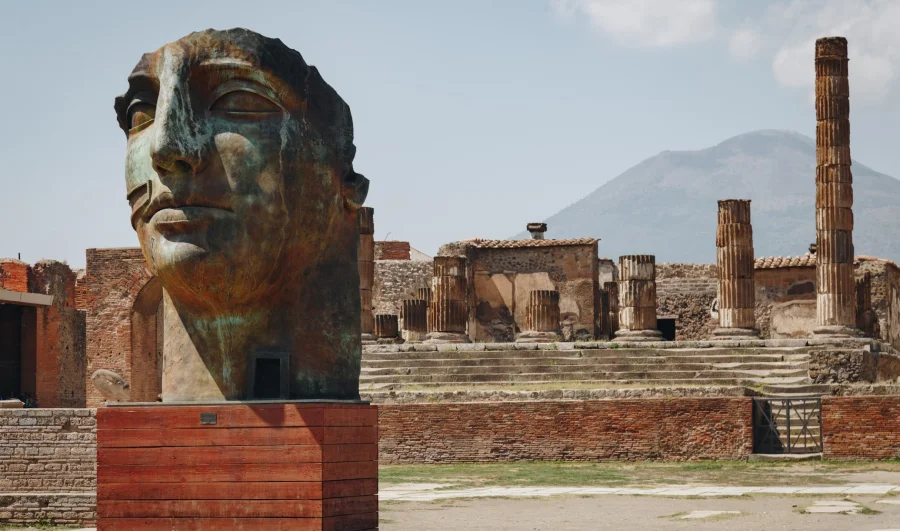Find Pompeii’s opening hours and plan your visit to the ancient ruins with our up-to-date information and tips.
If you’re wondering what time Pompeii opens or closes, the answer is that from April 1st to October 31st, the gates open at 9:00 AM, allowing the morning light to cast a golden hue over the ruins. The last entry is permitted at 5:30 PM, just as the afternoon sun begins to soften, and the site closes at 7:00 PM, giving you ample time to wander through history.
During the quieter months, from November 1st to March 31st, Pompeii opens its doors at 9:00 AM. The last entrance is at 3:30 PM, as the days grow shorter, and the site concludes its daily tours at 5:00 PM, under the early cloak of dusk.
| Period | Days | Opening Hours | Last Admission |
|---|---|---|---|
| April 1 - October 31 | Monday - Sunday | 9:00 AM - 7:00 PM | 5:30 PM |
| November 1 - March 31 | Monday - Sunday | 9:00 AM - 5:00 PM | 3:30 PM |
Here’s the deal: Pompeii now limits access to 20,000 visitors per day. During high season (April through October), this breaks down into two time windows. The morning slot (9:00 AM to 1:00 PM) admits up to 15,000 people, while the afternoon window (1:00 PM to 5:30 PM) caps at just 5,000 visitors.
The good news is that if you buy your ticket in advance, there will be no problem.
Here’s something that catches people off guard, tickets are nominative. That means each ticket carries your name and you’ll need to show ID that matches exactly. We’re talking passport or official identification. No, you can’t transfer your ticket to your friend if plans change. This was specifically designed to kill the resale market.
Used to be that booking online was just convenient. Now? It’s practically mandatory if you don’t want to waste half your day in line.
During high season, physical ticket office lines can hit 45 to 90 minutes of wait time. One tourist in August 2025 called them “biblical waiting times.” And that’s assuming tickets haven’t sold out, which happens regularly when the site reaches its 20,000-person capacity.
Pompeii stays open almost every day of the year, with just three confirmed closures: December 25 (Christmas), January 1 (New Year), and May 1 (Labor Day). Though there’s some conflicting information suggesting January 1 might have reduced hours (9 AM to 2 PM) instead of a full closure.
The bigger headache? Partial closures. The Amphitheatre was shut from June 16 to August 9, 2025 for maintenance and summer concert prep. Individual buildings like the House of the Faun, Villa of the Mysteries, the Forum, and the Lupanar (the famous brothel) close unpredictably for restoration or safety concerns.
If you’re planning to visit the suburban villas included in the Pompeii+ ticket, note that Villa Arianna, Villa San Marco, Villa di Poppea, and the Archaeological Museum of Stabia all close every Tuesday.

POMPEII TICKETS
TOURIST INFORMATION
POMPEII INFORMATION
